Teaching the Fight for Queer Liberation
Students imagine themselves as LGBTQ+ activists and debate key questions facing organizers through more than 50 years of movement history.
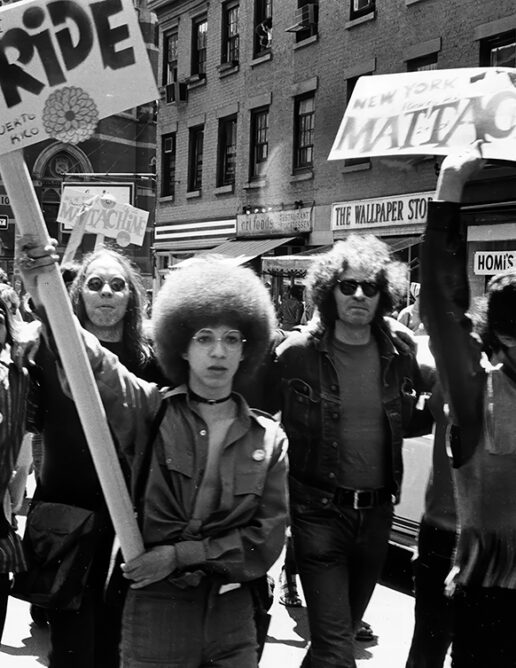
Students imagine themselves as LGBTQ+ activists and debate key questions facing organizers through more than 50 years of movement history.

Transgender Justice in Schools provides inspirational stories from trans students and educators and resources for teachers, students, and parents seeking to build communities where everyone flourishes. This book will educate, […]

A poem by Linea King

The death of Nex Benedict, a 10th-grade student and member of the Choctaw Nation, underscores the life-or-death consequences for nonbinary students when lawmakers play politics with their lives. Nex’s death […]
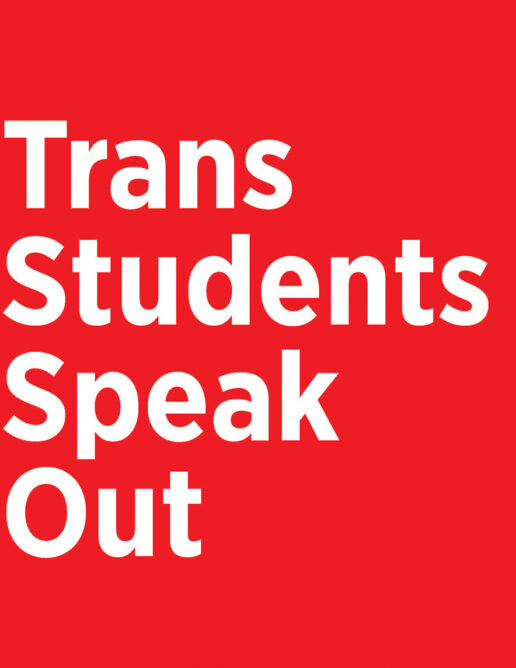
We asked transgender students what teachers have done and could do to support nonbinary students. Here’s how they responded.

Christensen describes teaching high school students about new anti-LGBTQ+ laws — and the growing resistance to them.
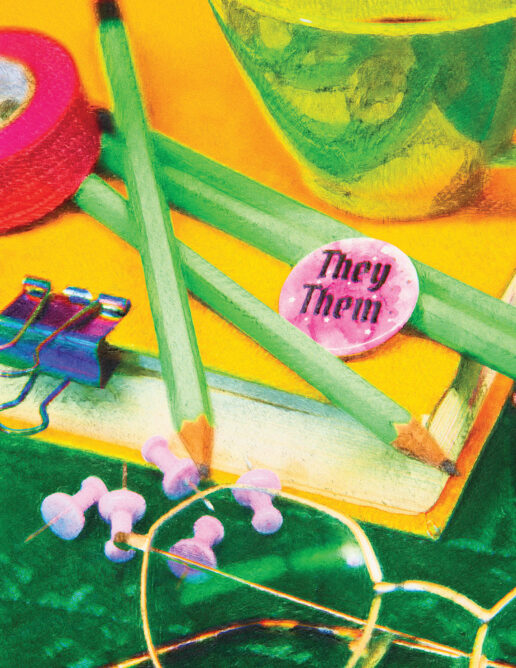
A nonbinary educator reflects on the difficulty and the power of being out in school.
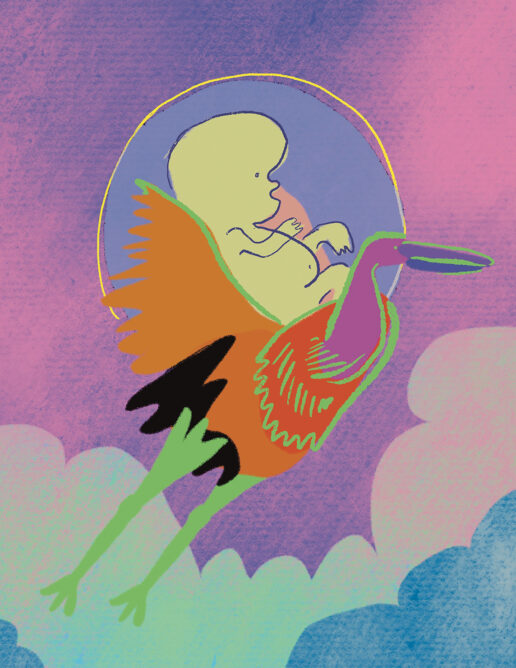
An 8th-grade teacher creates inclusive resources about human reproduction with his students.
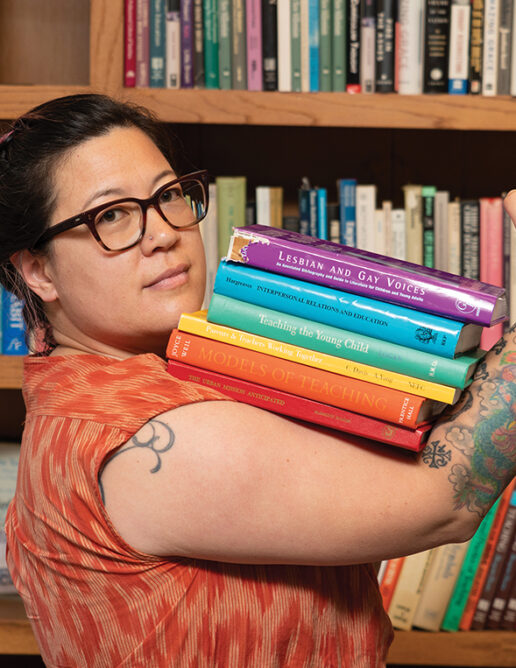
Jody Sokolower interviews Melissa Bollow Tempel, the Wisconsin teacher — and former Rethinking Schools editor — fired for speaking out about her district’s decision to refuse to allow her 1st-grade students to sing “Rainbowland.”
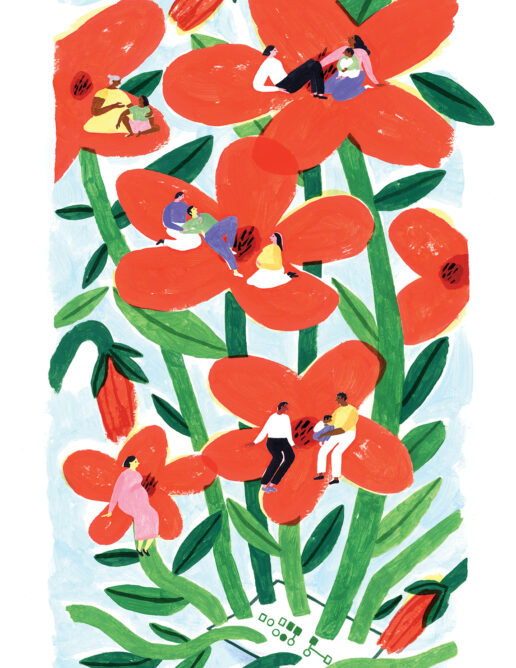
A biology teacher describes inclusive teaching about families; sexual, reproductive, and parenting behaviors; and models of heredity.
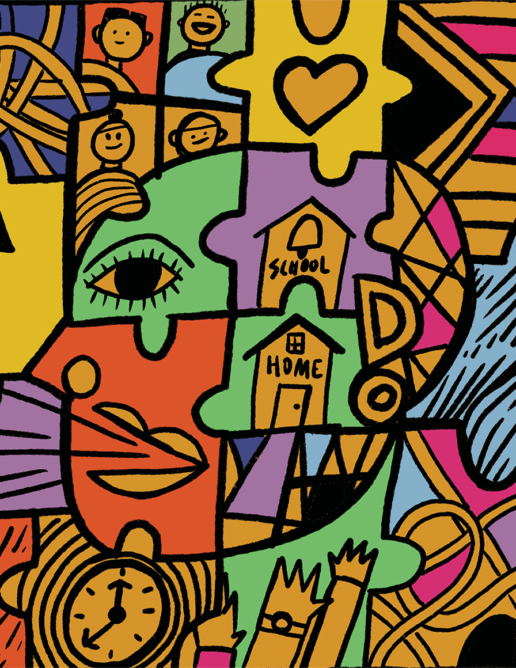
A high school teacher navigates the tensions that arise in conversations with students about the Day of Silence, and how to bridge divides.
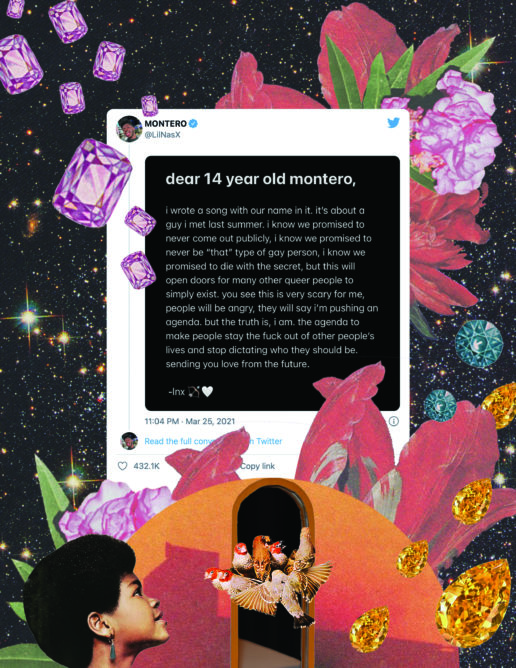
The letters are sweet and encouraging — had they been delivered, they could have changed their recipients’ lives.
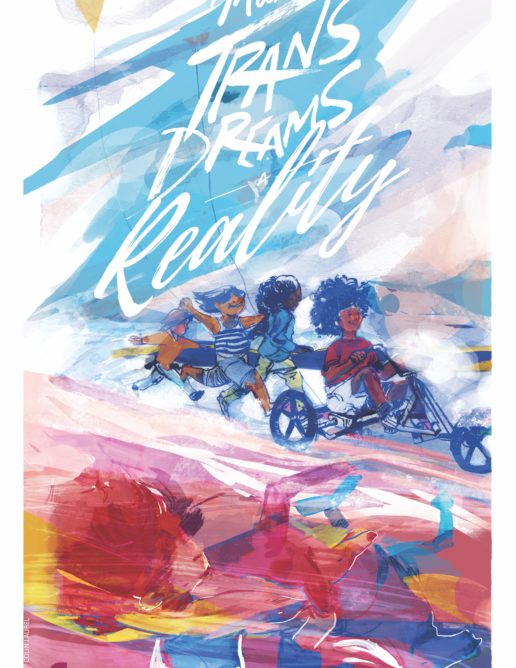
“Do you feel like a boy?” “No, mom. I’m a girl.” My daughter’s statement could not have been more direct, honest, and clear. In that moment I glimpsed how deeply gender-expansive people feel who they are, no matter what society has labeled them as at birth.
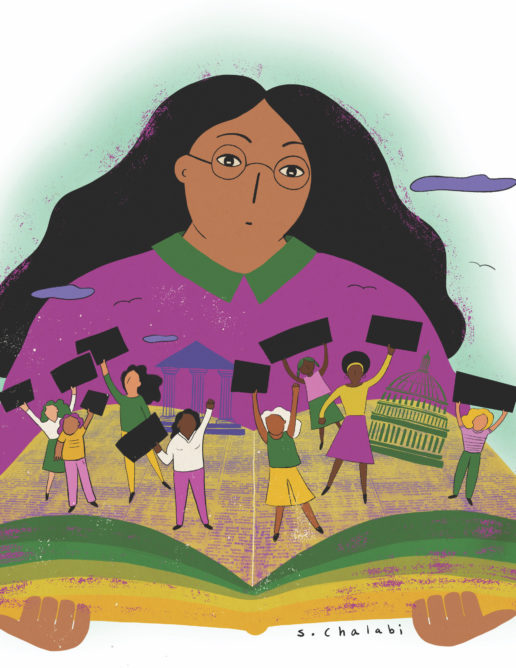
There is no end-point in the fight for justice and equality, no moment when the argument is finally settled. As Angela Davis has said, “Freedom is a constant struggle.” Although that proposition seems exhausting, it is also hopeful. If our wins are never wholly secure, then neither must our losses be permanent. The struggle for reproductive justice continues, and our curriculum must nurture our students’ capacity to envision and participate in its next stages.

A 5th- and 6th-grade teacher asks her students to wrestle with what “identity” and “intersectionality” mean.
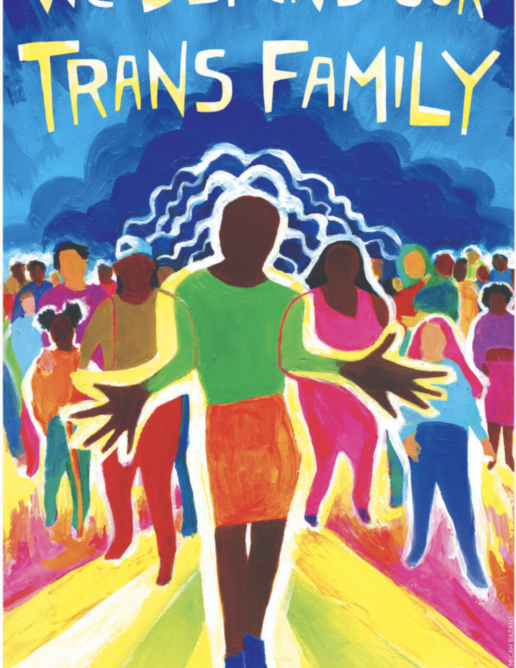
The Right has declared war on trans youth. Recent headlines offer a sickening taste of what reactionary governors and state legislators have been cooking up in their laboratories of transphobic […]
International Movement for Public Education Privatization, standardized tests, funding cuts, attacks on teachers’ unions and contracts—the issues that are central to teacher activism in the United States are international. In […]
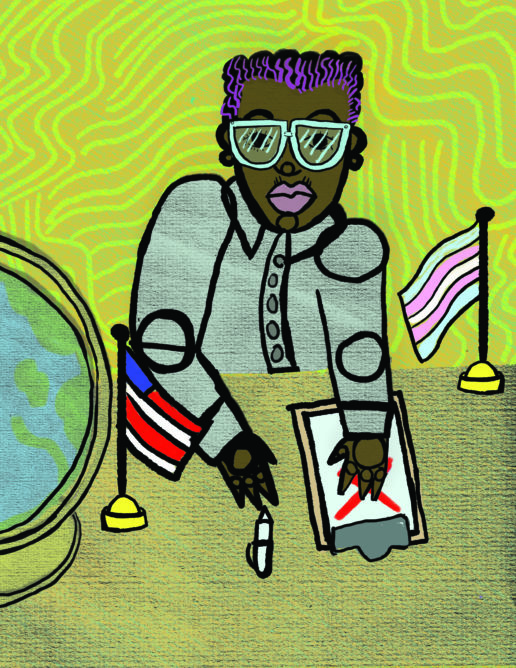
A transgender middle school teacher wrestles with a school and community that tries to hide their identity.
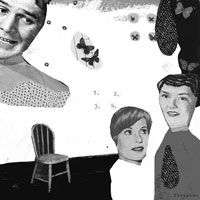
While we were excited to support the opening of the educational closet
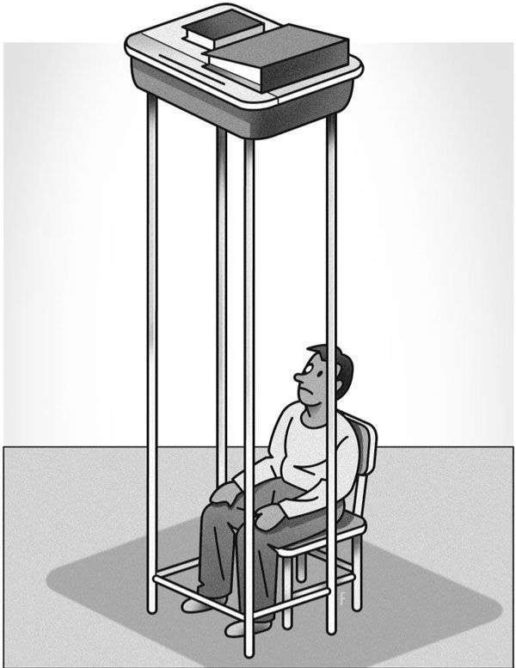
School funding systems mirror—and reproduce—the inequality we see all around us.
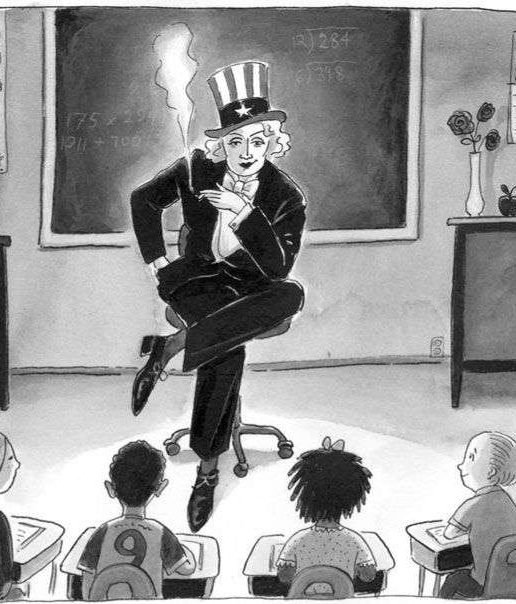
Two Chicago educators question the premier teacher education accrediting agency’s removal of social justice and sexual orientation language from its standards.
This content is restricted to subscribers
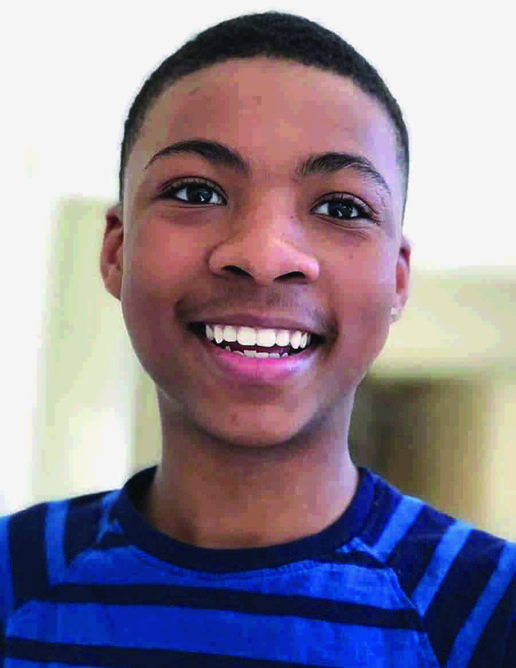
A writer interrogates school culture and our collective role in the suicide of a gay 15-year-old 9th grader in Alabama.
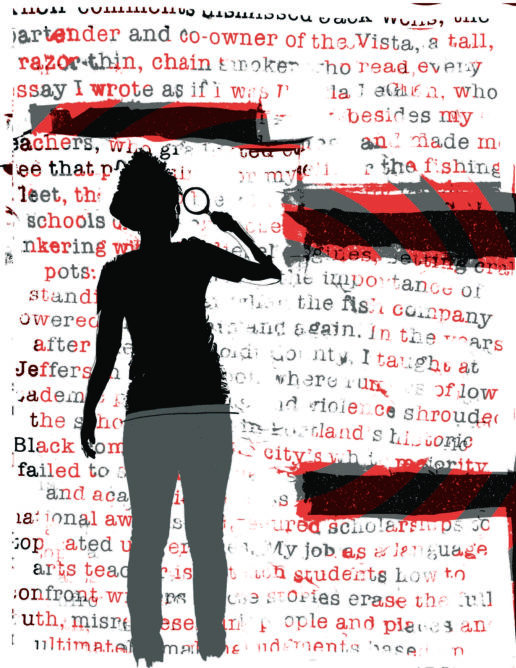
“Part of the work of teaching students to read is teaching them to question not only the written word, but also the author,” Christensen writes in her article about teaching students how to confront writers whose stories erase the full truth and misrepresent people and places.
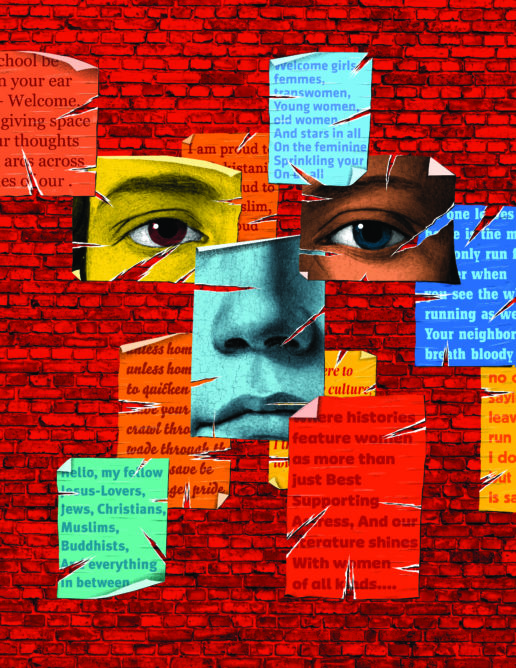
A teacher creates a welcome poems lesson to celebrate the diversity of students — and with students.